Australian pioneer who rode seven Classic winners dies at 103
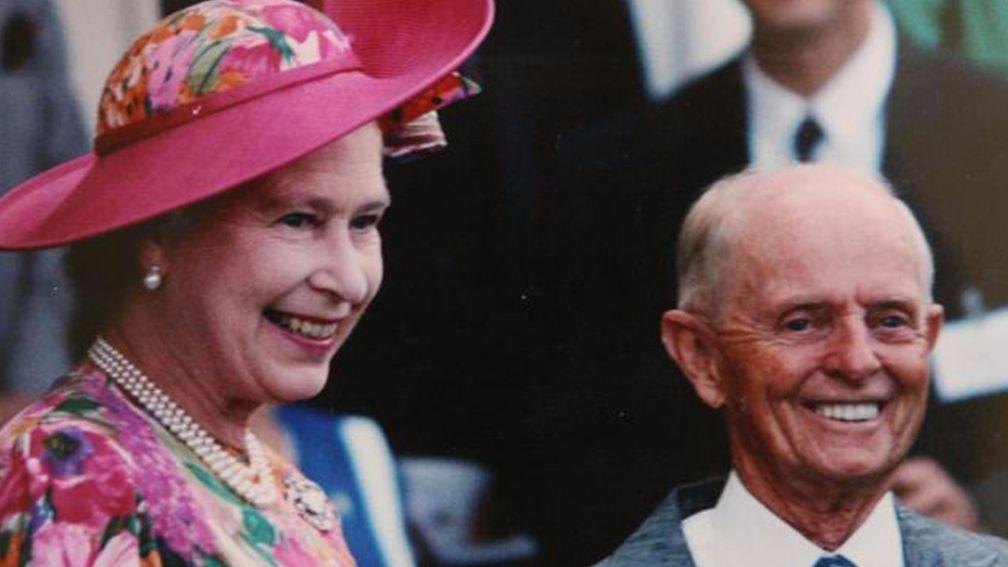
Edgar Britt, who was among the first of a raft of Australian jockeys to enjoy great success in Britain, died at the weekend, aged 103.
Britt, who won all the domestic Classics except the Derby, took consecutive St Legers on Sayajirao and Black Tarquin (beating Alycidon on the latter), and also rode dual Classic heroine Musidora and champion two-year-olds My Babu and Nearula during his 15 years (1945-59) in Britain.
Having been one of the leading riders in India for a decade, he became stable jockey to Sam Armstrong and then Charles Elsey, and was runner-up to Gordon Richards in the jockeys’ table in 1948.
Edgar Britt was born in the inner Sydney suburb of Balmain in 1913, the son of an electrical engineer, and was apprenticed to Mick Polson at nearby Randwick.
He rode his first winner, Gipsy King, at the local Canterbury track in January 1930, and was soon a leading apprentice. At the age of 18 he was earning more than the prime minister of New South Wales.
The best horse he rode in Australia was the Polson-trained Winooka, on whom he won the Futurity Stakes at Caulfield in 1933. Later that year the sprinter-miler was campaigned in America, where Britt partnered him to win four races, including the Baltimore Handicap at Pimlico.
The jockey’s biggest victory in his native land came on Broad Arrow in the 1934 Sydney Cup, riding at 7st 1lb. He grew heavier over the years but never had trouble with his weight.
In 1935 he went through a lean spell and accepted a retainer from the brothers Alec and Roy Higgins, Australian trainers based in India who each had a large string.
Perennial champion in Bombay
The level of jockeyship in India was very high – many of his rivals were fellow Australians – and it was there that Britt reached the top of his profession. He was the perennial champion in Bombay and Poona, the two centres where he did most of his riding, and set a record of 43 wins in Bombay in 1939-40.
He was retained in turn by three Indian princes – the Maharajahs of Kolhapur (1936-39), Kashmir (1939-41) and Baroda (from 1941) – and enjoyed a very comfortable lifestyle. He did wartime military service in the Auxiliary Force of India, but that did not interfere with his riding career.
He won the country’s most important race, the Eclipse Stakes of India over ten furlongs at Bombay, four times, including twice on Mahmoud’s half-brother Golden Fawn (1942, ’43). He also won the Indian Derby at Bombay on Princess Beautiful in 1943.
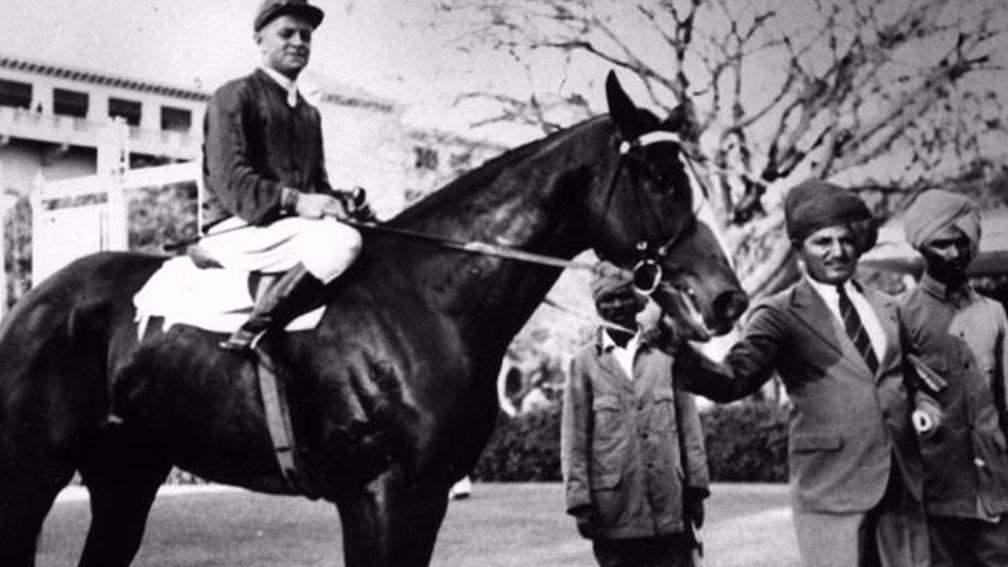
Baroda was prepared to use his fabulous wealth in an attempt to rival the British racing success of the Aga Khan, and in April 1945 he travelled to England with his jockey, having already commissioned Sam Armstrong, who then trained at Middleham, to buy him a string of horses.
The cold weather in Yorkshire came as a shock to Britt after the heat of India, and he had to set out as an unknown quantity in a new country. But he got off the mark on Maharaj Kumar on his very first day riding in Britain, at Stockton in May, and by the end of 1945 he had won big races for two of Armstrong’s other owners: the Cesarewitch on Kerry Piper and the November Handicap on Oatflake.
At the sales Baroda splashed out lavishly, spending money that many felt should have been used to alleviate the abject poverty of millions of his subjects in western India. In September 1945 he nearly doubled the world record price for a yearling when paying 28,000gns for Sayajirao, a brother to that year’s Derby winner Dante. He also persuaded Armstrong and Britt to move to Newmarket.
In 1946 the jockey began to get good outside rides, and he won the Ebor on Foxtrot for Teddy Lambton and the Park Hill Stakes on Procne for Charles Elsey. With 91 wins, he was fourth in the jockeys’ table behind Gordon Richards, Doug Smith and Eph Smith.
The Britt-Armstrong-Baroda partnership flourished in 1947 thanks to dual Classic winner Sayajirao, whose record price proved a bargain, and champion two-year-old My Babu.
Sayajirao a distant third
Sayajirao came a distant third to Tudor Minstrel in the 2,000 Guineas and won the Lingfield Derby Trial, but he was still not fully fit when third to Pearl Diver and Migoli in the Derby. However, he won the Irish Derby and then triumphed in a vintage St Leger, in which Britt drove him out to hold off Arbar by a head with Migoli and Pearl Diver next.
My Babu (who was named Lerins as a juvenile) was a brilliantly fast colt who headed the Free Handicap after winning his last five races that season, including the New (now Norfolk) Stakes in a dead-heat and the Champagne Stakes easing down by four lengths.
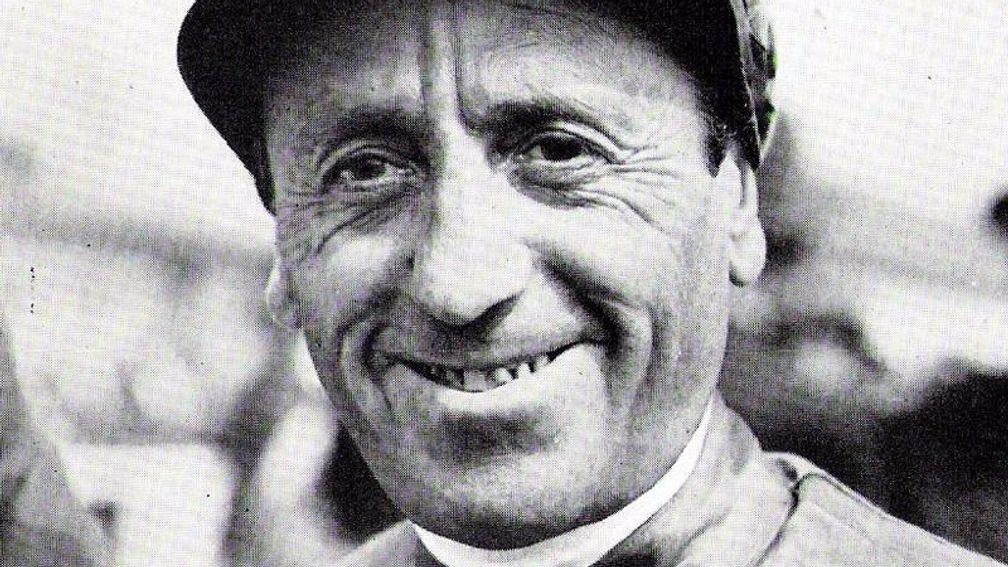
Britt therefore missed out on My Babu’s victory in the 2,000 Guineas and Sayajirao’s four-year-old campaign in 1948. Yet, ironically, that turned out to be the best season of his career whereas Baroda’s impact on British racing proved short-lived.
He was stable jockey to Marcus Marsh, for whom he rode Fortuity to win the Coronation Stakes on a disqualification, and when Harry Carr was put out of action with a broken leg, he substituted on many of the horses trained by Cecil Boyd-Rochfort. These included Black Tarquin, the best horse he ever rode.
Partnered by Britt, Black Tarquin won the St James’s Palace Stakes by three lengths, was beaten a short head by Tenerani in the Queen Elizabeth Stakes at Ascot (forerunner of the King George), and proved himself the champion three-year-old with victory in the St Leger.
William Woodward’s colt showed better finishing speed than front-running Alycidon at Doncaster and beat him by a length and a half.
Through Boyd-Rochfort, the jockey realised a great ambition by riding for the King. He wore the royal colours to victory on Angelola in the Yorkshire Oaks, Princess Royal Stakes and Newmarket Oaks, and into second place on Avila in the Cheveley Park Stakes.
He also won the Cesarewitch on the Elsey-trained Woodburn and ended 1948 with a career-best score of 145, which placed him second to Richards (224) in the championship table.
In 1949, in Carr’s continued absence, he rode Black Tarquin to easy victories in three conditions events, including the White Rose Stakes at Hurst Park, before a rematch with Alycidon in the Ascot Gold Cup.
It proved to be an epoch-making race, although the jockey played only a supporting role.
Having been helped by two pacemakers, Alycidon led five furlongs out in the Gold Cup. Britt urged Black Tarquin, the marginal favourite, almost upsides early in the straight, but he was up against the greatest stayer of the post-war era and his mount was galloped into submission, the final margin being five lengths. Black Tarquin never recovered and was unplaced on his only subsequent start.
Won Guineas and Oaks on Musidora
Earlier that season he had ridden Musidora to win the 1,000 Guineas and Oaks for the Elsey stable. The temperamental filly was not an outstanding champion and never won after the Oaks, though the neck runner-up that day was subsequent Arc winner Coronation.
Britt rode further big-race winners for Marcus Marsh (Suntime, 1949 Falmouth Stakes) and Sam Armstrong (First Consul, 1950 Stewards’ Cup) but gradually fell out of favour with both trainers, and in 1952 moved back to Yorkshire as first jockey to Charles Elsey at Malton.
That year the jockey-trainer partnership won the Oaks for the second time with Frieze and had the champion two-year-old, Nearula.
Frieze had plenty of stamina and made most of the running in the Oaks to beat Zabara by three lengths. She also won the Yorkshire Oaks.
Nearula – like Musidora, by Nasrullah – was second in the Coventry Stakes on his racecourse debut; ironically, Britt rode the winner, Whistler, for the wife of the Maharajah of Baroda. On his only other start that season the colt was ridden by the stable jockey and ran away with the Middle Park Stakes by four lengths.
In 1953 Nearula triumphed in the 2,000 Guineas, with Britt driving him clear up the hill to beat Bebe Grande by four lengths, and he was ante-post favourite for the Derby until his preparation was disrupted by a foot infection. He ran at Epsom but finished only ninth behind Pinza.
Britt always claimed that Nearula would have won the Derby had he been fit, but the colt was not in the same class as Pinza. In any case he never showed he truly stayed 12 furlongs, though he did add the Champion Stakes to his tally as well as the St James’s Palace Stakes.
Elsey was champion trainer for the only time in 1956, when he and his jockey nearly brought off the Guineas double. They landed the 1,000 Guineas with the Free Handicap winner Honeylight, who probably owed her Classic victory to Britt’s enterprise, for she led all the way and beat fast-finishing Midget by two lengths.
Second favourite for King George
Two days earlier the yard’s 2,000 Guineas hope, Chantelsey, had been second to Gilles De Retz, beaten a length. He later won the Rous Memorial Stakes at Royal Ascot and started second favourite for Ribot’s King George, finishing unplaced.
The stable’s other victories during that championship season included the Princess Margaret Stakes with Taittinger, and the Gimcrack and Champagne Stakes with Eudaemon.
In 1957 Britt won the Queen Anne Stakes on Baron’s Folly for Pat Beasley, and his main stable had two high-class staying three-year-olds: Tenterhooks, the Goodwood Cup winner, and Brioche, who beat Ballymoss in the Great Voltigeur Stakes.
The following year he won the Lincolnshire Handicap on Babur, and the Yorkshire Cup and Hardwicke Stakes on Brioche.
Britt had a quiet style both in and out of the saddle. His many admirers included Phil Bull, who wrote in The Best Horses of 1946: “I have been impelled to the conclusion that Britt’s style, short leathers and very short hold on the rein, is, in general, distinctly advantageous to the horse . . . I am very much persuaded that, in general, Britt’s seat on a horse is worth in the region of 5 or 7lb weight.”
That praise was excessive but Bull, a prominent owner, later retained the jockey, and the partnership enjoyed big-race success with Orgoglio (1951 Champagne Stakes), Eubulides (1954 Richmond Stakes) and Dionisio (1957 Wokingham).
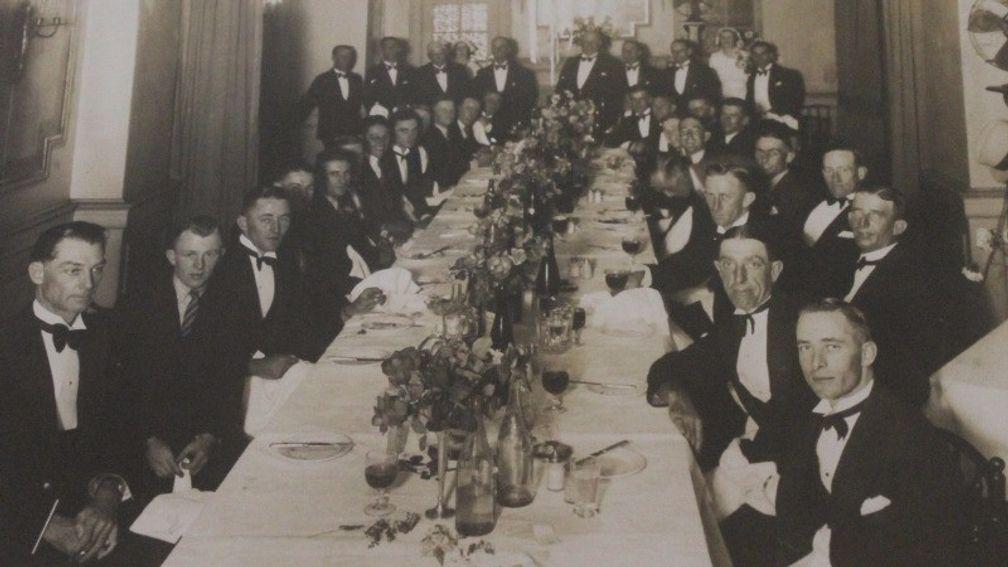
Having made plenty of money, and kept most of it, he returned to Sydney to live out his retirement. He wrote a racing column for the local Sunday Telegraph, and his autobiography, Post Haste, was published in 1967. He was elected to the Australian Racing Hall of Fame in 2004.
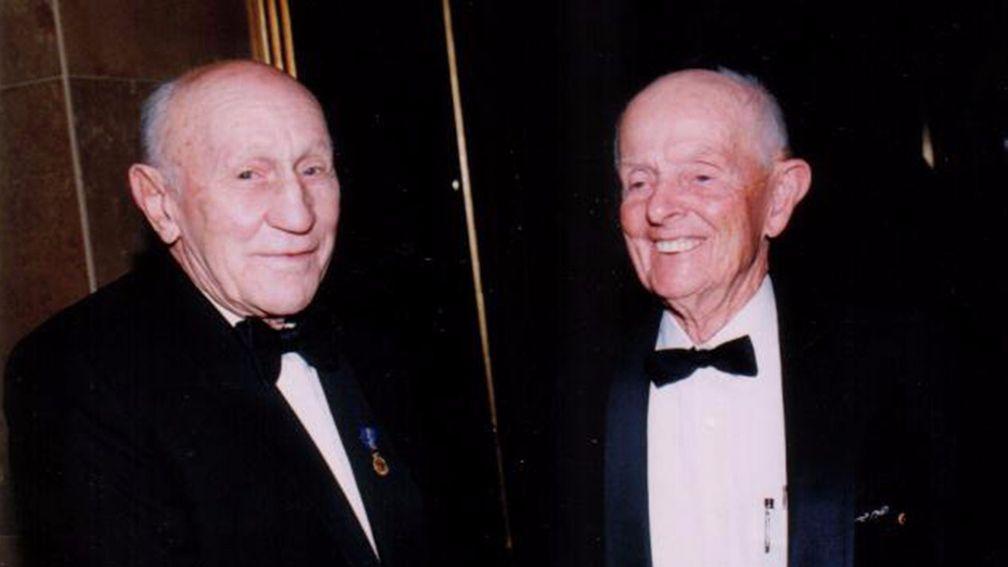
Published on 30 January 2017inNews
Last updated 18:48, 30 January 2017
- The latest edition of the Racing Post is available to read online now - here's how you can access it
- How Smart View recorded a 76 per cent profit at the Cheltenham Festival
- Smart View is available on the Racing Post app - how to read the revolutionary new racecard
- Levy reform talks 'accelerating' as clock ticks down to April deadline for agreement
- Kieran Shoemark lands another plum Meydan ride for Gosden stable on Trawlerman in Saturday's Dubai Gold Cup
- The latest edition of the Racing Post is available to read online now - here's how you can access it
- How Smart View recorded a 76 per cent profit at the Cheltenham Festival
- Smart View is available on the Racing Post app - how to read the revolutionary new racecard
- Levy reform talks 'accelerating' as clock ticks down to April deadline for agreement
- Kieran Shoemark lands another plum Meydan ride for Gosden stable on Trawlerman in Saturday's Dubai Gold Cup